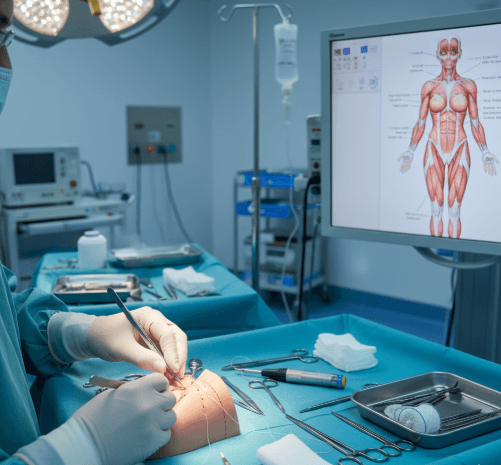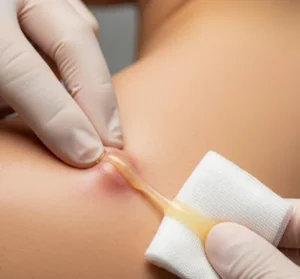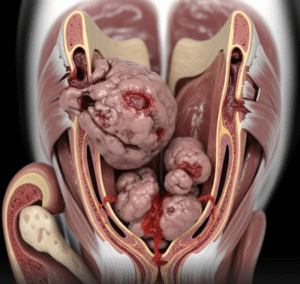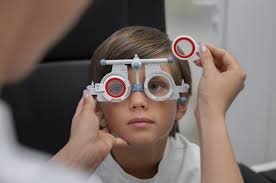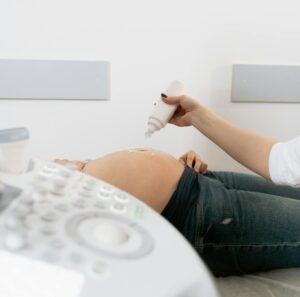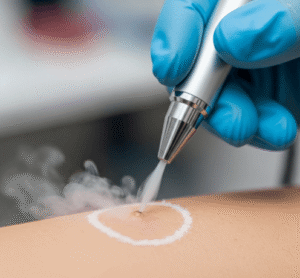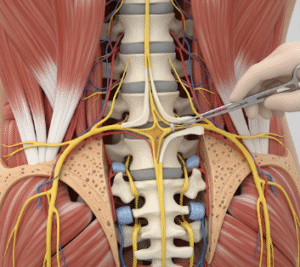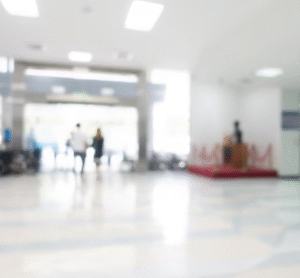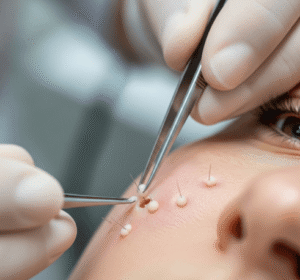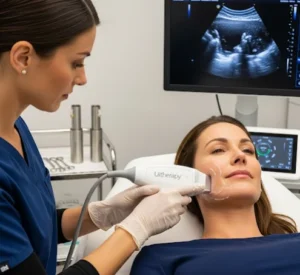What it is
Perineoplasty is a surgical procedure to repair, tighten, or reconstruct the perineum—the area between the vagina and anus. It is most commonly performed to correct perineal damage or laxity following childbirth, trauma, aging, or pelvic surgery. The surgery restores both function and aesthetics, improving pelvic support, vaginal tightness, and overall quality of life.
In Korea, perineoplasty is performed in specialized women’s hospitals and aesthetic gynecology centers, often combining functional repair with cosmetic enhancement. It is considered both a medical and elective procedure, depending on the patient’s needs.
➡️ Key facts about perineoplasty:
- Tightens and strengthens the perineal muscles and tissue
- Improves sexual satisfaction and pelvic stability
- Often combined with vaginoplasty or prolapse repair if needed
Why it’s done
Perineoplasty is performed for both medical and personal reasons.
✔️ Medical reasons include:
- Perineal tears or laxity after vaginal childbirth
- Scarring or deformities from previous episiotomies or trauma
- Pelvic floor weakness contributing to prolapse or incontinence
- Painful intercourse (dyspareunia) due to scarring or tissue irregularities
✔️ Personal or aesthetic reasons include:
- Desire for improved vaginal tightness and appearance
- Enhanced sexual satisfaction for both partners
- Increased self-confidence and comfort
✔️ Benefits of perineoplasty:
- Strengthens perineal muscles and pelvic floor support
- Restores natural anatomy and symmetry
- Reduces discomfort during intercourse or daily activities
- Improves both functional and cosmetic outcomes
Alternatives
Not all cases require surgery. Alternatives may be considered, especially for mild laxity or cosmetic concerns.
🔹 Pelvic floor therapy:
- Kegel exercises and physiotherapy strengthen pelvic muscles
- Helpful for mild laxity but limited for severe perineal damage
🔹 Laser or radiofrequency treatments:
- Non-surgical methods to stimulate collagen and tighten tissues
- Popular in Korea but temporary compared to surgery
🔹 Lifestyle adjustments:
- Weight control, avoiding heavy lifting, and pelvic health exercises
- Supports overall pelvic health but does not correct structural issues
🔹 Watchful waiting:
- For mild cases with no discomfort, observation may be enough
Preparation
Proper preparation ensures safety and optimal results.
➡️ Medical preparation:
- Gynecological examination to evaluate perineal laxity or scarring
- Review of medical history, childbirth details, and previous surgeries
- Blood tests and general health check before anesthesia
➡️ Personal preparation:
- Fasting before surgery if general anesthesia is planned
- Stopping blood-thinning medications if instructed
- Arranging for a few days of rest and home support after surgery
➡️ Mental preparation:
- Understanding goals—functional repair, aesthetic improvement, or both
- Emotional readiness for recovery and temporary lifestyle restrictions
- Counseling may be offered for women with trauma-related scarring
How it’s done
Perineoplasty in Korea is carried out with precision and often tailored to individual needs.
✔️ Step 1 – Anesthesia
- Local anesthesia with sedation or general anesthesia may be used
✔️ Step 2 – Incisions and tissue adjustment
- Surgeon makes incisions in the perineum and vaginal opening
- Scar tissue removed, and muscles tightened with sutures
- Excess or loose tissue trimmed for a smoother contour
✔️ Step 3 – Closure
- Perineum reconstructed for both function and aesthetics
- Dissolvable sutures commonly used for healing
✔️ Duration:
- Surgery typically lasts 30–60 minutes
- Usually performed as an outpatient procedure with same-day discharge
Recovery
Recovery after perineoplasty is generally straightforward but requires care.
➡️ Immediate recovery:
- Mild swelling, soreness, or discomfort in the perineal area
- Pain managed with oral medications
- Hospital monitoring for a few hours before discharge
➡️ Physical recovery:
- Return to light activities within 1–2 weeks
- Avoid sexual intercourse, tampon use, and strenuous exercise for 6–8 weeks
- Full healing with restored muscle tone in about 2 months
➡️ Emotional recovery:
- Many women experience improved confidence and comfort
- Counseling may be offered for those addressing trauma-related issues
- Enhanced sexual satisfaction often reported after healing
➡️ Key recommendations:
- Proper perineal hygiene and use of sitz baths to promote healing
- Wearing loose, breathable clothing to reduce irritation
- Attending follow-up visits to monitor healing and results
Treatment option in Korea
Korea is well known for women’s reconstructive and cosmetic gynecology, offering advanced perineoplasty procedures.
✔️ Hospital facilities:
- Equipped with modern surgical theaters and advanced anesthesia systems
- Specialized women’s hospitals and aesthetic gynecology centers
- Outpatient services with quick recovery focus
✔️ Medical expertise:
- Surgeons skilled in combining functional pelvic floor repair with cosmetic outcomes
- Experience in trauma, postpartum, and aesthetic cases
- Personalized surgical plans to meet patient’s functional and aesthetic goals
✔️ Postoperative care:
- Comprehensive recovery support including pain management and wound care
- Counseling for intimacy and emotional well-being
- Integration of pelvic floor therapy post-surgery for long-term strength
✔️ Cultural aspect:
- In Korea, there is growing demand for functional-aesthetic gynecologic surgeries
- Women often seek perineoplasty as part of postpartum recovery packages at specialized centers
- Emphasis on privacy, dignity, and holistic health during treatment and recovery
➡️ Highlight: Perineoplasty in Korea offers precise surgical repair, aesthetic enhancement, and holistic recovery programs, helping women regain pelvic strength, sexual satisfaction, and overall confidence.

